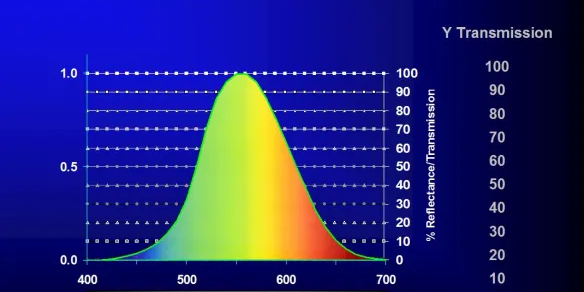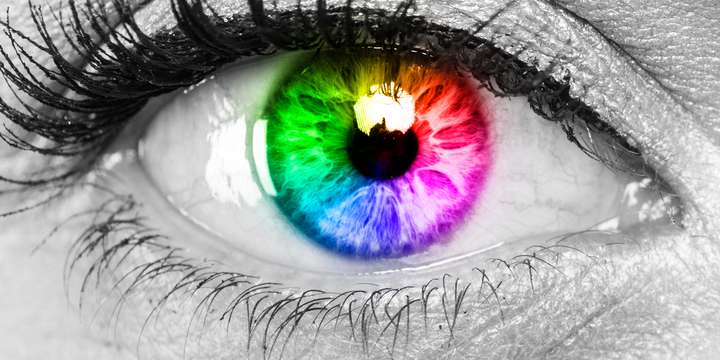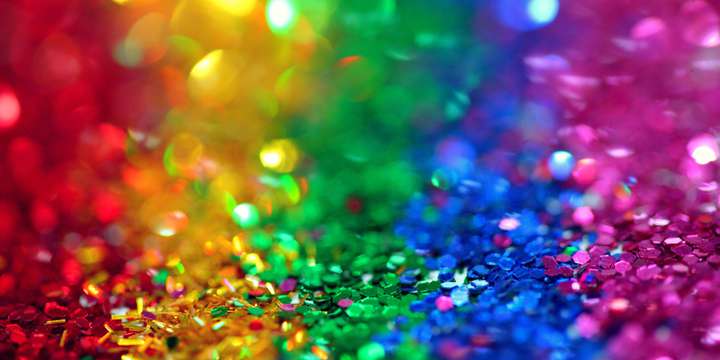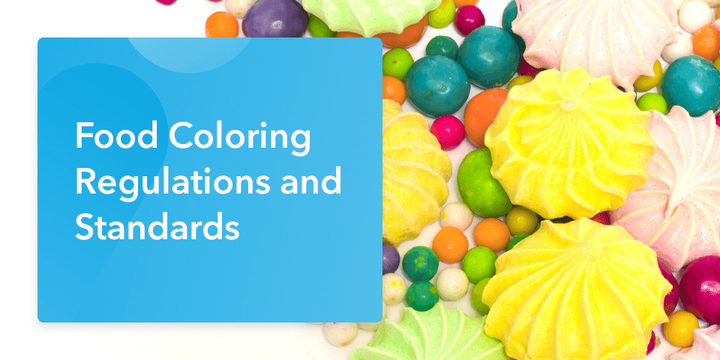ASBCカラー
ASBCビール・カラー・スケールは、およそ1~11単位の範囲で、スケールの下限はより黄色い淡色麦芽で、スケールの上限はより赤い濃色麦芽、ビール、キャラメルである。
ASBCビールの色と濁度に関する業界標準法:
ASBC Beer-10 Color of Beer Part A. Spectrophotometric Color Method ASBC - American Society of Brewing Chemists, affiliated with AACC - American Association of Cereal Chemists, St. Paul, MN USA www.cerealsgrains.org から入手可能。
ASBCのカラー指標は、0.5インチの光路長セルを使用した脱炭酸ビールの430nmにおける単純な分光吸光度(A)の測定に基づいています。計算式はもともと次のように定義されていました:
ASBCベアカラー = 10*(A½), 430 nm
EBCビアカラーの測定に使用されるのと同じ10mmセルパス長セルを使用してASBCビアカラーを同時に測定し報告できるようにするため、10mmパス長セルを使用して測定された吸光度を元の0.5インチパス長セルの吸光度に換算するために1.27の換算係数が使用されます。
A½, 430 nm = 1.27*A10mm@430nm
試料を10mmパス長のセルで測定した場合のASBC Colorの計算式は次のようになる:
ASBCビール色=10*1.27*A10mm@430nm
装置は通常、蒸留水で満たされたセル上で透過率100%(吸光度=2)に標準化またはブランク化される。







